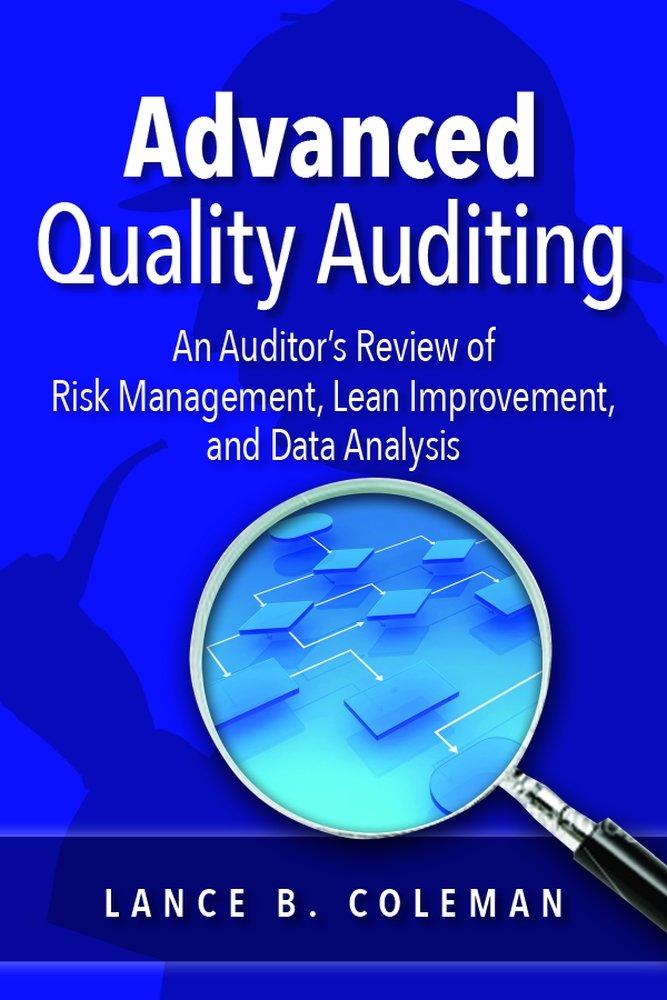Question
Does reliance on historical cost rather than opportunity cost lead to a poor decision? Consider this example. A bakery has an inventory of wheat that
Does reliance on historical cost rather than opportunity cost lead to a poor decision? Consider this example. A bakery has an inventory of wheat that was purchased at $6 per bushel but now is worth $10 per bushel. The firm is considering using this wheat to make a new whole wheat bread that will be sold to stores for $10 per unit (six loaves). The selling price of the finished product remains the same when using either method. Suppose that one bushel of wheat is required to make each unit of this new type of bread while $3.00 of labor, energy, and other costs per unit of output are also incurred.
Choose the correct eight required items:
| Price of finished product. Historical approach | Answer 1Choose...3,6, 1,-3,1,0 |
| Price of finished product. Economic approach | Answer 2Choose...3,6,1,-3,1,0 |
| Cost of wheat input. Historical approach | Answer 3Choose...3,6,1,-3,1,0 |
| Cost of wheat input. Economic approach | Answer 4Choose...3,6,1,-3,1,0 |
| Labor, energy, other. Historical approach | Answer 5Choose...3,6,1,-3,1,0 |
| Labor, energy, other. Economic approach | Answer 6Choose...3,6,1,-3,1,0 |
| Net profit per unit. Historical approach | Answer 7Choose...3,6,1,-3,1,0 |
| Net profit per unit. Economic approach | Answer 8Choose...3,6,1,-3,1,0 |
Step by Step Solution
There are 3 Steps involved in it
Step: 1

Get Instant Access to Expert-Tailored Solutions
See step-by-step solutions with expert insights and AI powered tools for academic success
Step: 2

Step: 3

Ace Your Homework with AI
Get the answers you need in no time with our AI-driven, step-by-step assistance
Get Started


